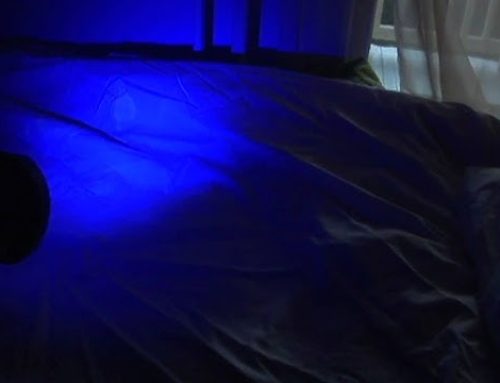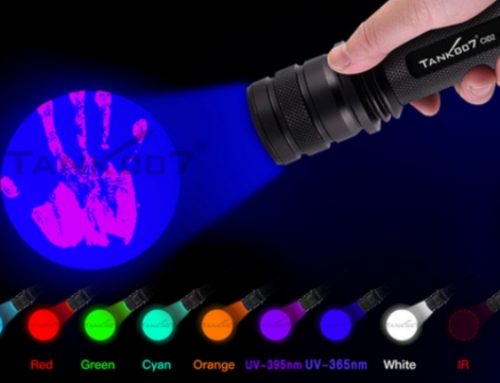Introduction
In modern crime scene investigations, ultraviolet (UV) flashlights have become essential tools for forensic experts. They are used to detect, analyze, and document evidence that is invisible to the naked eye. UV light can reveal bodily fluids, fingerprints, drug residues, and trace evidence, significantly improving the efficiency and accuracy of investigations. This article explores the science behind UV flashlights, their practical applications, and key considerations when using them in forensic work.
1. The Science Behind UV Flashlights in Forensics

UV light is a type of electromagnetic radiation with wavelengths shorter than visible light but longer than X-rays. For forensic purposes, UV flashlights typically operate within three main UV spectrums:
| UV Spectrum | Wavelength Range | Application in Forensics |
|---|---|---|
| UV-A (Longwave) | 320–400 nm | Detection of bodily fluids, trace evidence, and counterfeit materials. |
| UV-B (Midwave) | 280–320 nm | Limited forensic use; can reveal specific chemical traces. |
| UV-C (Shortwave) | 100–280 nm | Sterilization and detection of certain biological evidence. |
Fluorescence Effect: When UV light strikes certain materials, they absorb the energy and re-emit it as visible light, causing them to fluoresce. This phenomenon allows investigators to identify hidden evidence.
2. Key Applications of UV Flashlights in Crime Scene Investigation
UV flashlights are utilized across various forensic disciplines. Below are some critical applications:
| Application | Description | Evidence Detected |
|---|---|---|
| Bodily Fluids Detection | UV light reveals blood, semen, saliva, and other fluids due to fluorescence. | Bloodstains, saliva, semen, urine. |
| Fingerprint Analysis | Enhances fingerprint visibility after treatment with fluorescent dyes. | Fingerprints on non-porous surfaces. |
| Drug Residue Identification | Certain drugs fluoresce under UV light. | Cocaine, heroin, amphetamines. |
| Trace Evidence Detection | Identifies fibers, hairs, and other small evidence. | Textile fibers, hair strands. |
| Document Examination | Reveals alterations, forgeries, and counterfeit currency. | Altered documents, fake currency. |
3. Step-by-Step Guide to Using UV Flashlights at Crime Scenes
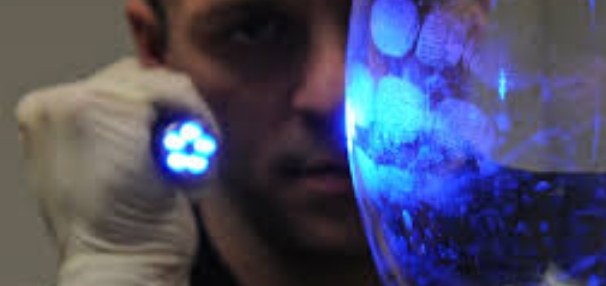
Effective use of UV flashlights requires a systematic approach.
| Step | Action | Objective |
|---|---|---|
| 1 | Secure the crime scene. | Prevent contamination of evidence. |
| 2 | Darken the area. | Maximize visibility of fluorescent evidence. |
| 3 | Wear UV protective gear. | Protect eyes and skin from UV exposure. |
| 4 | Scan surfaces with UV light. | Identify areas of interest. |
| 5 | Mark and document evidence. | Record findings accurately. |
| 6 | Collect samples carefully. | Preserve integrity of evidence. |
| 7 | Analyze in the lab under controlled conditions. | Confirm initial findings. |
Best Practice Tip: Use UV light at different angles and distances to ensure no evidence is missed.
4. Advantages and Limitations of UV Flashlights in Forensics
While UV flashlights are highly effective, they also come with limitations:
| Aspect | Advantages | Limitations |
|---|---|---|
| Detection Ability | Can reveal evidence invisible to the naked eye. | Some materials may not fluoresce clearly. |
| Portability | Compact and easy to carry. | Requires specific power sources. |
| Non-Destructive | Does not damage evidence. | Prolonged exposure can degrade certain materials. |
| Cost-Effective | Affordable compared to other forensic tools. | Requires training for optimal use. |
| Environmental Dependence | Effective in dark environments. | Bright ambient light reduces visibility. |
5. Real-World Case Study: UV Flashlights in Action
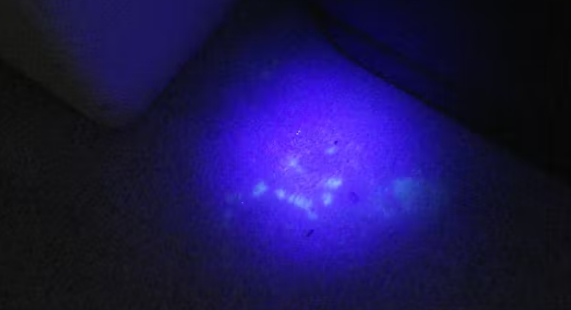
Case Study: The Identification of a Hidden Bloodstain
- Scenario: Investigators discovered a crime scene where blood traces had been cleaned thoroughly.
- Solution: Using a UV flashlight, experts identified residual bloodstains on the floor and walls.
- Outcome: DNA analysis confirmed the identity of the suspect, leading to a conviction.
Key Takeaway: UV flashlights are invaluable for detecting concealed evidence, even in situations where suspects attempt to clean or hide traces.
6. Choosing the Right UV Flashlight for Forensic Use
Selecting the right UV flashlight is crucial for effective evidence detection.
| Feature | Recommendation | Reason |
|---|---|---|
| Wavelength | 365 nm | Ideal for detecting most bodily fluids and trace evidence. |
| Light Intensity | High output (e.g., 1000mW) | Ensures effective fluorescence. |
| Battery Life | Long-lasting | Reduces interruptions during investigations. |
| Build Quality | Waterproof and durable | Suitable for harsh crime scene environments. |
| Portability | Lightweight design | Easy to handle during prolonged use. |
7. Safety Precautions When Using UV Flashlights
UV light can be harmful if not used properly. Follow these safety guidelines:
- Wear UV-blocking glasses and gloves.
- Avoid direct exposure of UV light to skin and eyes.
- Use UV flashlights in short bursts to minimize exposure.
- Train investigators in proper handling and usage.
- Store UV flashlights safely when not in use.
8. Conclusion
UV flashlights have revolutionized the field of crime scene investigation by providing a reliable, non-destructive method to uncover hidden evidence. Their ability to detect bodily fluids, fingerprints, and trace materials makes them an indispensable tool for forensic professionals. However, effective use requires proper training, appropriate equipment selection, and strict adherence to safety protocols.
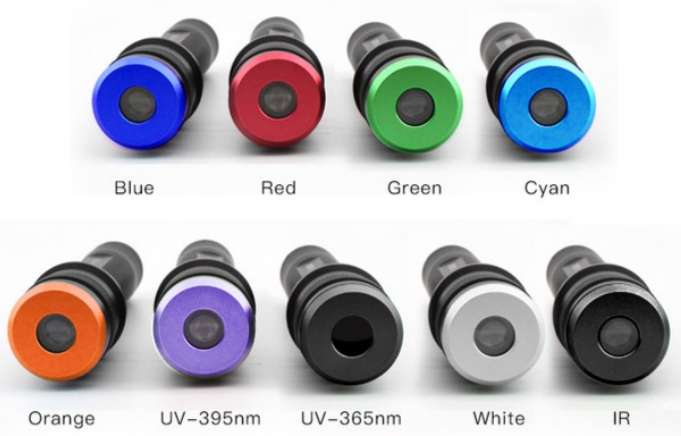
By incorporating UV flashlight technology into standard forensic practices, investigators can significantly improve the accuracy and reliability of evidence collection, ultimately leading to more successful criminal convictions.
